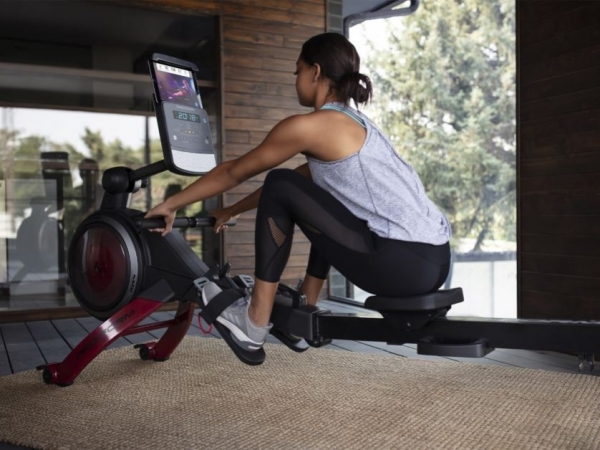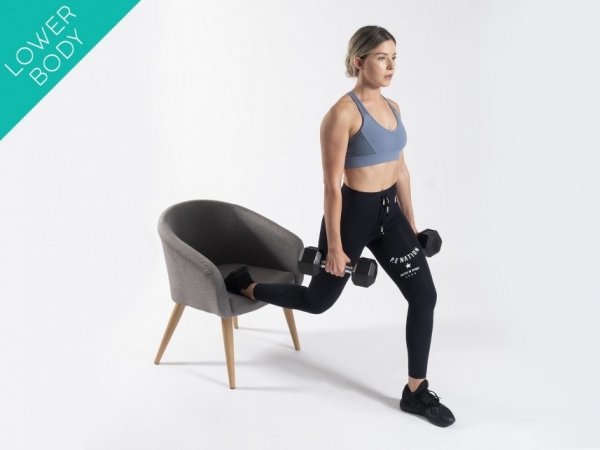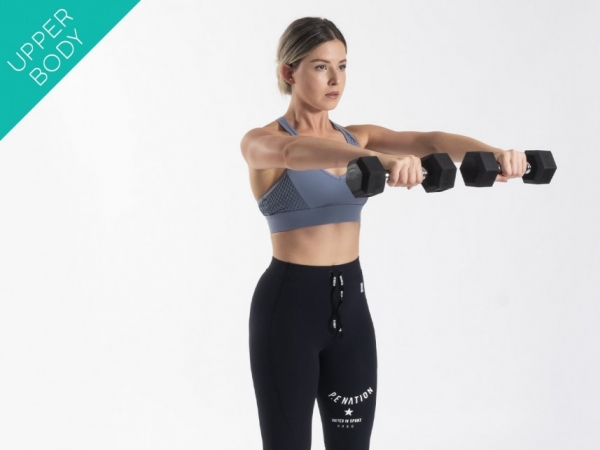The 2016 summer Olympics are well underway and the Australian athletes are already killing it! All the best athletes from around the world are giving it their best shot, and with 410 Australian competitors joining a long list of world champions at the international multi-sport event from the 5th-21st August 2016, this years’ summer Olympics is on its way to becoming the biggest and most exciting yet for Australia!
But it’s not just the Olympians striving for the best; sports enthusiasts on every fitness level are looking for new ways to push their bodies to their limits and get as well-toned as our very own Aussie champs. With rowing and cycling being two of the top teams representing our country, here’s a few tips you can take on board to follow in the footsteps of the 2016 Aussie Olympians.
1. Utilise Polarised Training
Polarised training is a specific approach to exercising within an overall workout plan many Aussie rowing and cycling champions utilise. This type of fitness prep works on an 80/20 basis – 80% high volume, low-intensity training and 20% low volume, maximum intensity. This hard-easy approach to training is a scientific model that develops body endurance through slow efforts and all-out interval sessions; one that has been effective and adapted from elite athletes.
By eliminating the middle threshold of intensities, you’re able to get the most out of your training by focusing purely on the low and high levels of intensity. This helps to reduce the tendency to drift towards midlevel efforts, which is the common area for athletics to ‘slack off’. Regardless of what workout you’re doing, the idea behind polarised training is to stick to the 80/20 rule and keep the easy, easy and the hard, hard. This will ensure you maintain a well-balanced workout.
2. Build a Better Body for the Job
If you want to build up your exercise bike and rower workouts, focus on building a better body for the piece of equipment you’re using. You can do this by mixing and matching various workouts with leg and arm weights in addition to your regular bike and rower training. By changing around training sessions with workouts that specifically target the muscles you’re using for biking or rowing, you’ll eliminate any possibility of getting too comfortable within a workout.
Utilising other training sessions like yoga, which strengthens back and abdomen muscles, can be great for turning you into a more powerful cyclist. If you’re already a cyclist and haven’t tried rowing, adding some stationary bike workouts to your routine will build leg and core strength and endurance. This is the next best thing for cyclists as you’ll get a great power boost whist also tackling the cardio system.
3. Mix it Up with Ladder Workouts
Perfect for the fitness enthusiast that loves pain, the ‘ladder workout’ is an approach that works similar to polarised training. Instead of focusing on low to high intensities though, the ladder workout is simply going hard or go home! Whether you’re on the treadmill, running in the local neighbourhood, cycling or on the rowing machine; the ladder workout is an effective method of training for all fitness levels.
Choose your exercise machine weapon and go as fast as you can (and maintain it) for 15 minutes. Then stop and rest for three. Go full speed again for 10 minutes, then stop and rest for three again. Finally, go for five minutes (or whatever you have left in the tank!) and boom, workout complete.
4. Focus on Leg and Arm Weights
There’s a lot of similarities between rowing and cycling. Whilst one focuses on leg muscles and the other predominately on arms, the massive cardio engine that rowers build through years of specific training can make them remarkable cyclists once they adapt to the different muscle movements. Both types of fitness rely heavily on extensive leg and arm weights to build stamina and endurance and strengthen muscles.
One of the biggest rowing mistakes is thinking it’s all about arm strength. In fact, it’s a really leg-dominant sport. Each stroke is driven by the movement of your hips and legs so it pays to focus on leg building workouts to boost the rowing technique. Barbell squats, dumbbell lunges, leg presses and hack squats are ideal for this. These weight workouts will help with cycling too.
Supplementing your rowing and cycling sessions with strength workouts and weights will beef up your performances when you get back on the bike or rower. Strength and power is crucial to both sports so make bench pulls and deadlifts part of your regular workout routine.
Last updated on 12/11/2021



